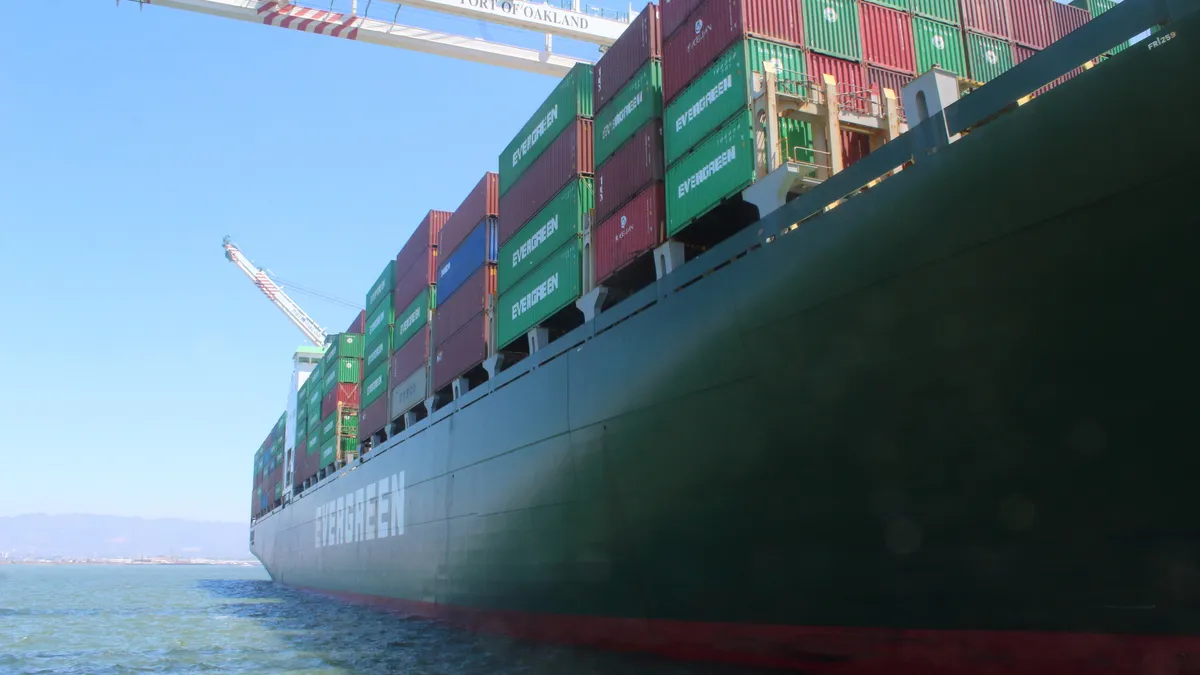Dive Brief:
- Financial strain stemming from the upgrades and fuel changes necessary to comply with the International Maritime Organization's (IMO) sulfur regulations set to go into effect Jan. 1 could "push" carriers into mergers and acquisitions, according to a Drewry analysis.
- Many carriers are still in the financial "distress zone" having never fully recovered from the financial crisis a decade ago. Regulators would likely not stand for M&A within the top seven lines, said Drewry, but smaller deals among "financially vulnerable carriers" are "plausible."
- "Without wanting to be too alarmist, there is the potential for IMO 2020 to inspire another major carrier bankruptcy and/or trigger more defensive M&A. It could turn out that the IMO will inadvertently push industry consolidation along, closer to where it needs to be in order to achieve sustainable profitability," reads Drewry's research note.
Dive Insight:
Consolidation among ocean shipping players has calmed down since the last flurry in 2016 when COSCO and CSCL merged and NYK, MOL and K Line combined to form ONE.
Drewry points out that though these deals significantly decreased the number of players vying for global volume, individual trade routes remain competitive (especially East-West).
It posits carriers may seek to consolidate to achieve greater price stability, especially as scrubber cost and fuel markets make for much more unpredictable waters in the months and years to come.
Less competitive routes are more attractive for carriers since the volume coming into the fewer relevant carriers will be steadier and more predictable and carriers have more pricing power. Drewry's analysis shows spot rates on these less competitive routes are generally steadier.
After running a few hypothetical scenarios, Drewry concluded that without involving the big seven, plausible M&A deals likely wouldn't "move the dial" on pricing power, leaving carriers still at the mercy of shippers and markets.













